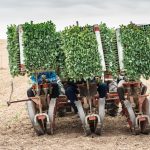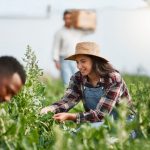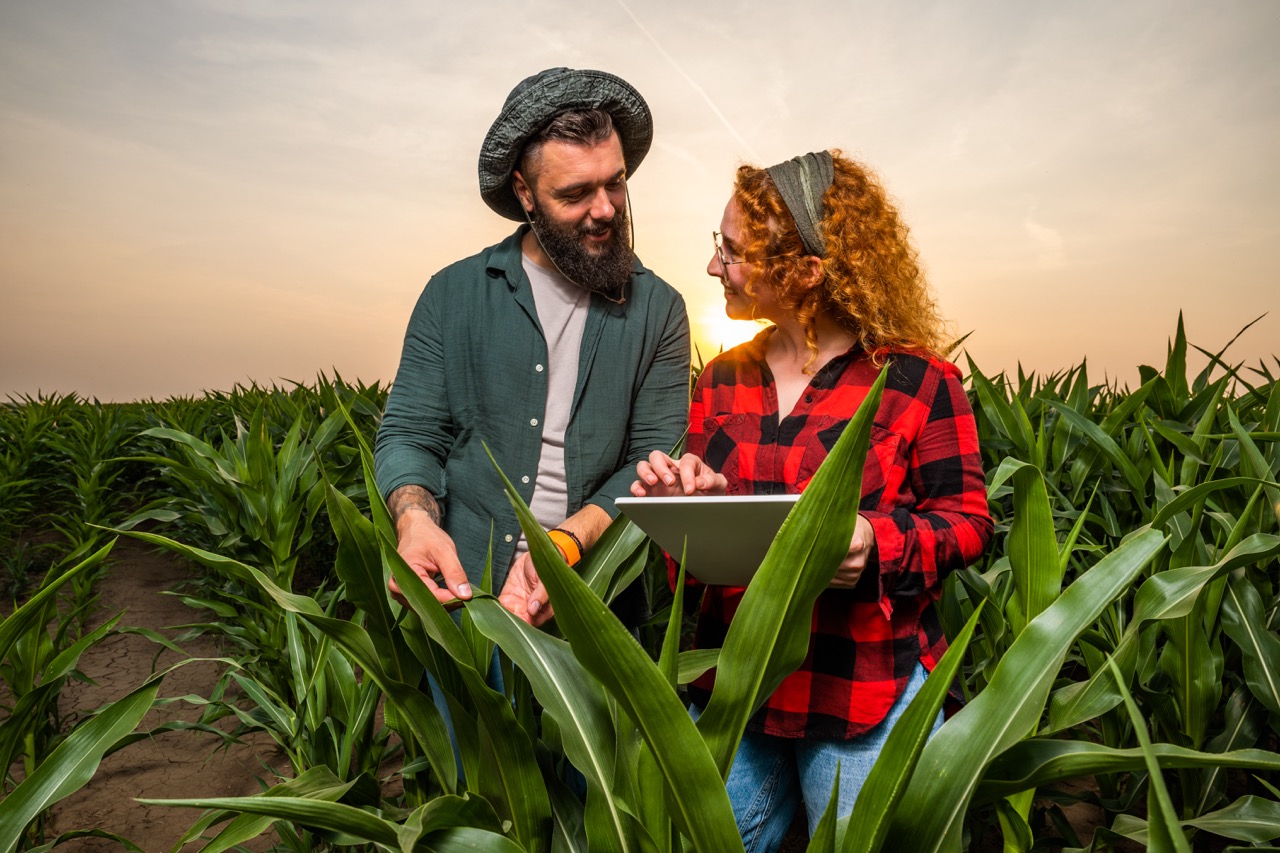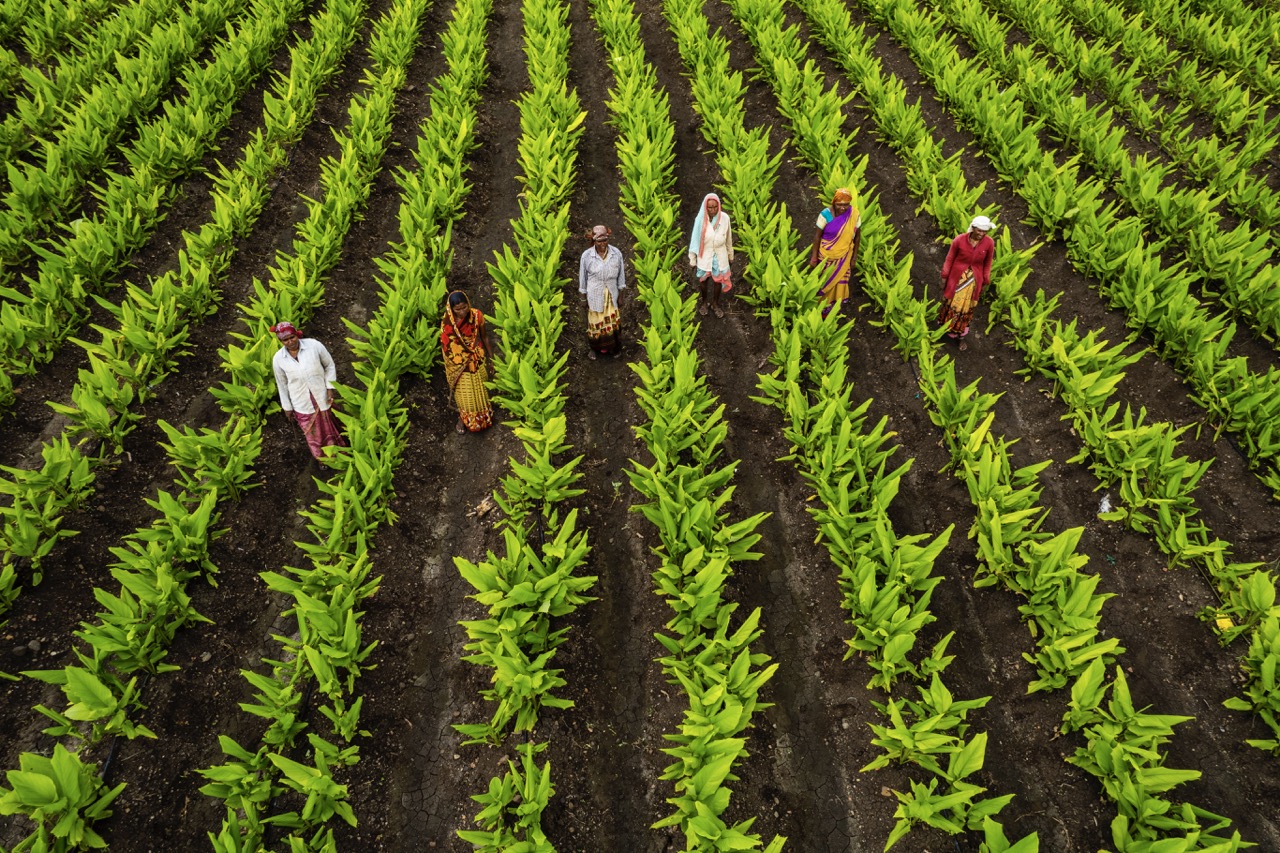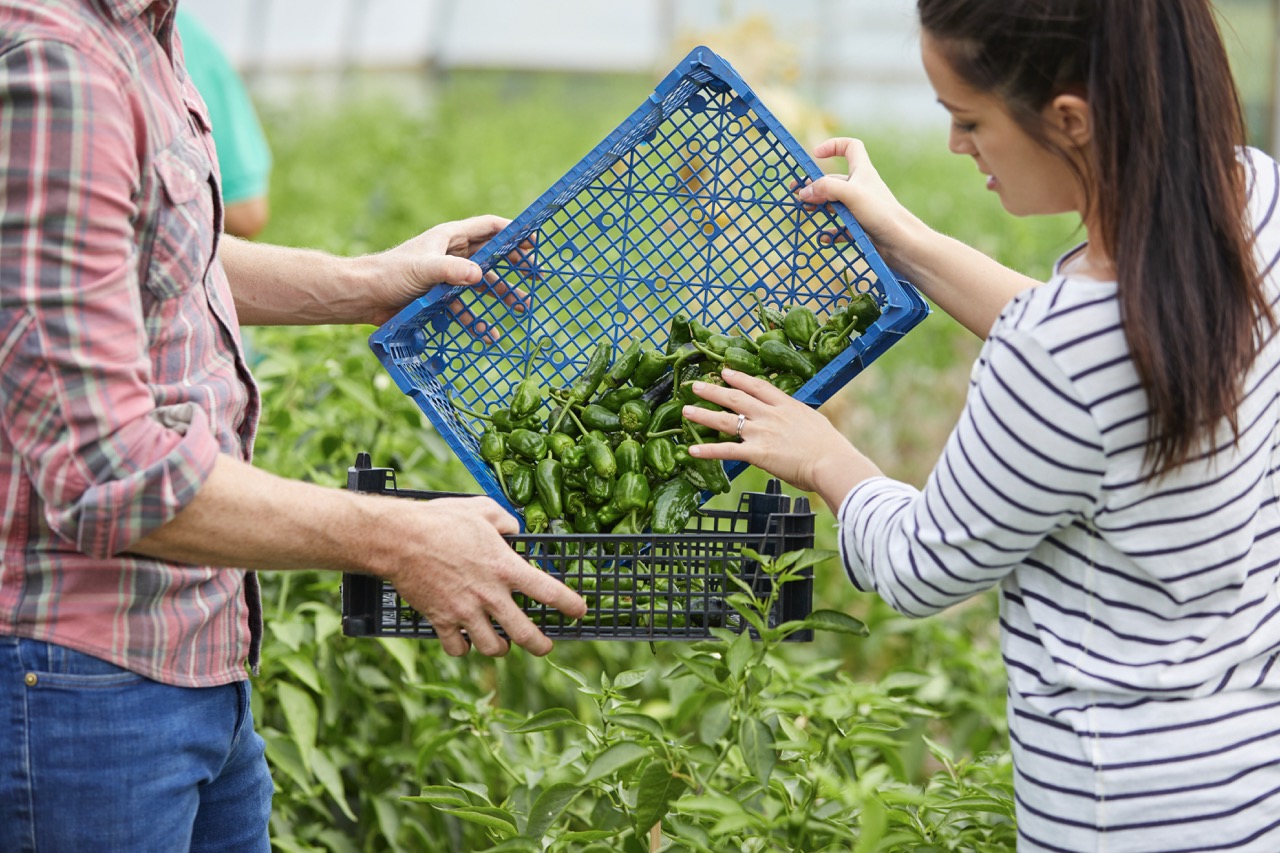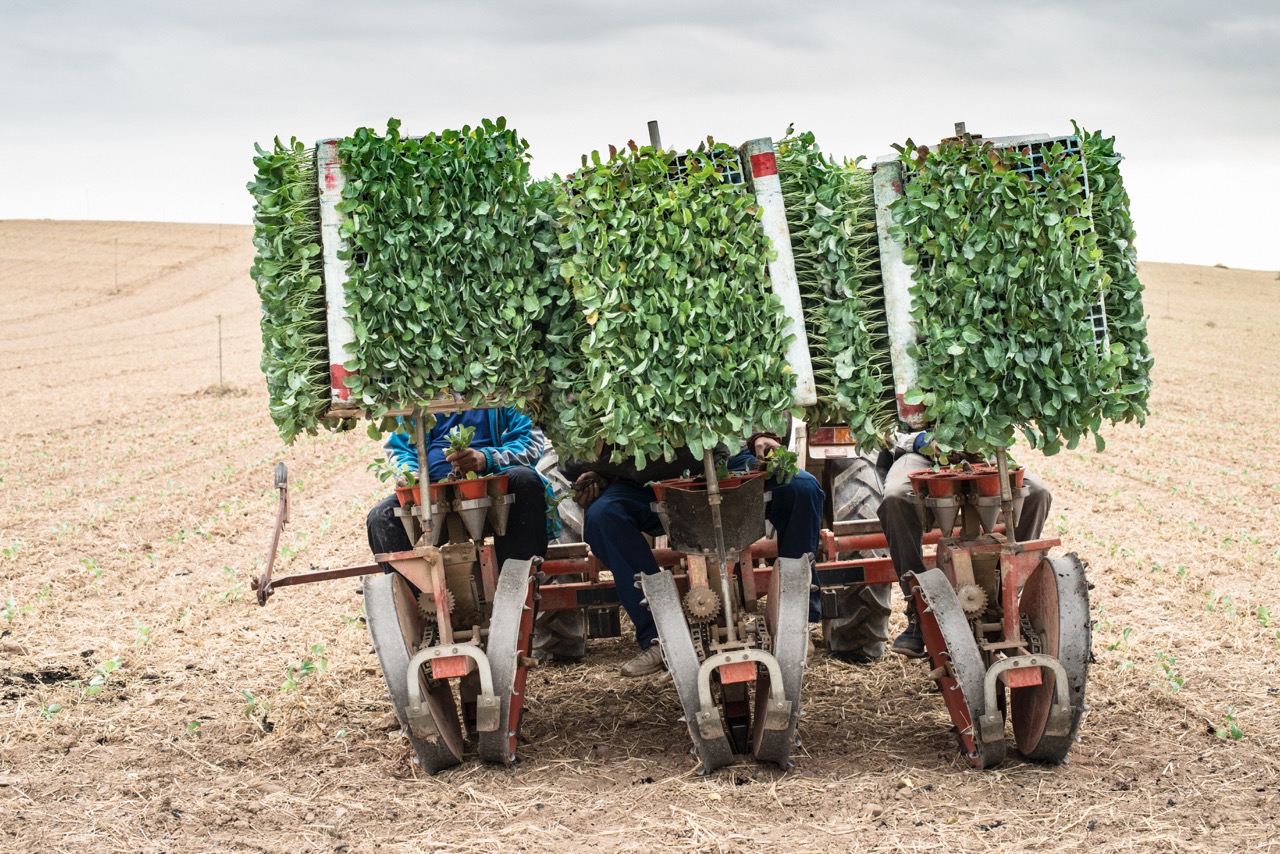In the tapestry of agricultural history, sharecropping stands out as a unique and often misunderstood practice. Emerging primarily in the post-Civil War United States, sharecropping allowed marginalized farmers to cultivate land they did not own, thereby fostering a system of mutual reliance between landowners and laborers. While often associated with economic hardship and social inequity, sharecropping can also serve as a means of preserving valuable agricultural traditions and sustainable practices. As contemporary farmers face modern challenges—such as climate change, urbanization, and biodiversity loss—reviving sharecropping can play a pivotal role in safeguarding historic agricultural methods.
The Historical Roots of Sharecropping in Agriculture
Sharecropping originated in the Southern United States during the Reconstruction era, as a response to the economic devastation wrought by the Civil War. Freed slaves, lacking the resources to purchase land, entered into agreements with landowners to farm parcels of land in exchange for a share of the crop. This arrangement created a new social dynamic, as it allowed former slaves to exert some control over their labor while providing landowners with a labor force to continue agricultural production. This system not only enabled the cultivation of cotton and tobacco but also facilitated the transmission of agricultural knowledge, as seasoned farmers passed down traditional practices to newer generations.
Over the years, sharecropping evolved into a complex web of relationships, embodying both promise and peril. The system was marked by cycles of debt and dependency, as sharecroppers often found themselves caught in agreements that favored landowners. However, amidst these challenges, many sharecroppers maintained a rich connection to the land, using traditional farming methods that had been passed down through generations. These methods were often well-suited to local conditions, emphasizing sustainability and resilience—a stark contrast to the chemical-intensive practices that characterize modern industrial agriculture.
Today, the historical roots of sharecropping remind us of the importance of community and collaboration in agriculture. By revisiting these origins, contemporary agriculturalists can find inspiration in the cooperative spirit of sharecropping, advocating for systems that prioritize equitable land access and the preservation of heritage farming practices. This historical context becomes crucial as we seek to innovate and adapt agricultural practices to contemporary challenges.
Reviving Traditional Techniques Through Modern Sharecropping
In recent years, there has been a resurgence of interest in organic and sustainable farming practices that echo the traditional techniques employed by sharecroppers of the past. Modern sharecropping arrangements can serve as incubators for these practices, allowing new farmers to learn from seasoned agriculturalists while also engaging with time-honored methods. Techniques such as crop rotation, companion planting, and organic pest management can be revitalized through these relationships, fostering a connection to the land that is rooted in sustainability.
Collaborative farming initiatives often emphasize education and mentorship, allowing experienced farmers to guide newcomers in the intricacies of traditional agriculture. This transfer of knowledge is essential not only for preserving heritage practices but also for enhancing the resilience of local food systems. By integrating these methods into their farming repertoire, modern sharecroppers can contribute to biodiversity, improve soil health, and reduce reliance on synthetic inputs, ultimately benefiting both the environment and their own livelihoods.
Moreover, the revival of traditional techniques within sharecropping setups can help bridge the gap between generations of farmers. As younger individuals become increasingly interested in sustainable agriculture, the wisdom of older generations becomes invaluable. These mentorships can foster a sense of purpose and belonging in the farming community, ultimately strengthening local agricultural identity and encouraging a more dynamic exchange of ideas.
Economic Benefits of Sharecropping for Local Farmers
Sharecropping presents an economic model that can benefit local farmers and communities, especially in regions where access to land is limited. By allowing farmers to cultivate land they do not own, sharecropping can help mitigate the financial barrier to entry that often discourages prospective agriculturalists. This model not only provides immediate income potential through crop sales but also encourages diversification of crops—a key strategy for building economic resilience in local farming communities.
Furthermore, sharecropping arrangements can foster cooperative buying and selling practices among farmers, enabling them to pool resources and reduce costs. This collaborative approach can lead to the establishment of community-supported agriculture (CSA) programs or local farmers’ markets that not only provide fresh produce to consumers but also create a stable income stream for farmers. Through these initiatives, sharecroppers can augment their profits while simultaneously contributing to local food sovereignty.
Additionally, the economic benefits of sharecropping extend beyond individual farmers. As sharecropping revitalizes traditional agricultural practices, it can positively impact local economies. By prioritizing sustainable and heritage farming methods, communities can enhance agritourism opportunities, attract environmentally conscious consumers, and foster a sense of local pride. In this way, sharecropping not only sustains livelihoods but also bolsters the economic fabric of entire communities.
Preserving Heritage: The Cultural Significance of Practices
The cultural significance of agricultural practices cannot be understated, particularly in the context of sharecropping. Sharecroppers often embody a rich tapestry of stories and traditions that reflect their unique relationship with the land and their communities. As they work the soil, they are not only cultivating crops but also preserving cultural identities, rituals, and knowledge systems that have been passed down through generations. This aspect of sharecropping reinforces the idea that agriculture is not merely an economic endeavor; it is also an integral component of cultural heritage.
By reviving sharecropping arrangements, communities can actively engage in preserving these cultural practices. Events such as harvest festivals, workshops, and farm tours can create opportunities for education and celebration, allowing local residents and visitors to experience the agricultural heritage firsthand. These activities not only raise awareness of traditional farming methods but also foster intergenerational connections, ensuring that valuable knowledge is not lost to time.
Moreover, the cultural significance of sharecropping extends to broader societal discussions about food justice and equity. As communities seek to reclaim their agricultural narratives, sharecropping can serve as a powerful counter-narrative to industrialized farming. By emphasizing local practices and cultural traditions, sharecroppers can advocate for food systems that honor diversity, promote inclusivity, and challenge dominant paradigms of agriculture. This cultural preservation is vital in the face of globalization and homogenization, ensuring that the stories and practices of diverse farming communities continue to thrive.
In conclusion, sharecropping has the potential to serve as a valuable tool for preserving historic agricultural practices in a modern context. By weaving together the threads of history, sustainability, economic resilience, and cultural significance, sharecropping can revitalize not only local farming communities but also the very essence of agriculture itself. As we face the multifaceted challenges of the 21st century, embracing sharecropping as a means of nurturing our agricultural heritage may hold the key to fostering a more equitable and sustainable food system for all.



